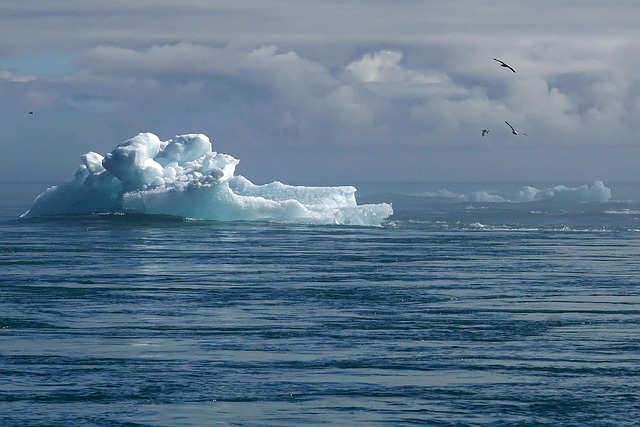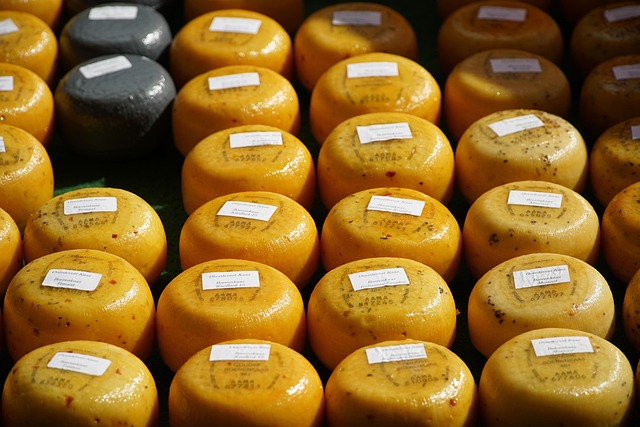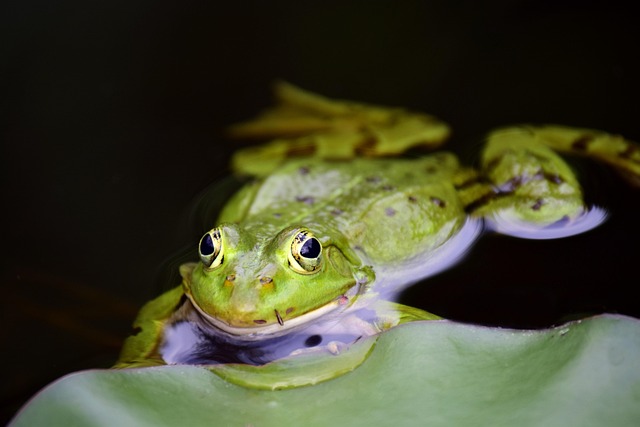
Froggy Feasts: Exploring the Foods of Amphibians
Froggy Feasts: Exploring the Foods of Amphibians
Nature is a wondrous tapestry of life, and among its most fascinating inhabitants are amphibians. These remarkable creatures, characterized by their dual life both in water and on land, exhibit not just unique adaptations but also diverse diets that can leave us in awe. Let’s dive into the delicious world of amphibians and their varied foods, discovering what fuels these extraordinary animals.
The Varied Diets of Frogs
When we think of frogs, many conjure up images of lily pads and serene ponds. But beyond their tranquil habitats lies a rich culinary lifestyle. Frogs are primarily carnivorous, delighting in a menu that includes:
- Insects: From crickets to flies, insects make up a significant portion of a frog’s diet. Their quick, agile tongues are perfectly adapted to snatch these tiny morsels, providing essential protein for growth and energy.
- Other Small Animals: Some larger frog species don’t shy away from a hearty meal; they may hunt down small rodents, fish, or even other frogs! This opportunistic eating behavior showcases the adaptability of amphibians in various environments.
Salamanders and Their Unique Taste
Salamanders, another intriguing group of amphibians, possess a slightly different palate. Predominantly insectivorous, they also enjoy a plethora of other foods ranging from:
- Worms: These wriggly creatures provide essential nutrition and are a favorite among various salamander species.
- Slugs and Snails: The moist environments salamanders typically inhabit are teeming with slugs and snails, making them a perfect and easily-caught feast.
The Fascinating Feeding Mechanisms
One of the mesmerizing aspects of amphibians is how they consume their foods. The feeding techniques vary significantly between species. Frogs utilize their sticky tongues to catch prey, while salamanders may employ a more passive approach, stalking their meals before striking at the right moment. This blend of strategy and instinct not only showcases their survival skills but connects them intricately to the ecosystems they inhabit.
Dangers of a Changing Diet
As with many creatures, the diets of amphibians are affected by environmental changes. Habitat destruction, pollution, and climate change can alter the availability of foods, posing a threat to their survival. As stewards of nature, our awareness and actions can preserve these vital ecosystems, ensuring that the amphibians continue to thrive.
In exploring the extraordinary foods of amphibians, we uncover not just their dietary habits but the beauty of nature’s designed balance. Each frog, salamander, and newt contributes to an intricate web of life, reminding us of the importance of respecting and protecting our natural world.



